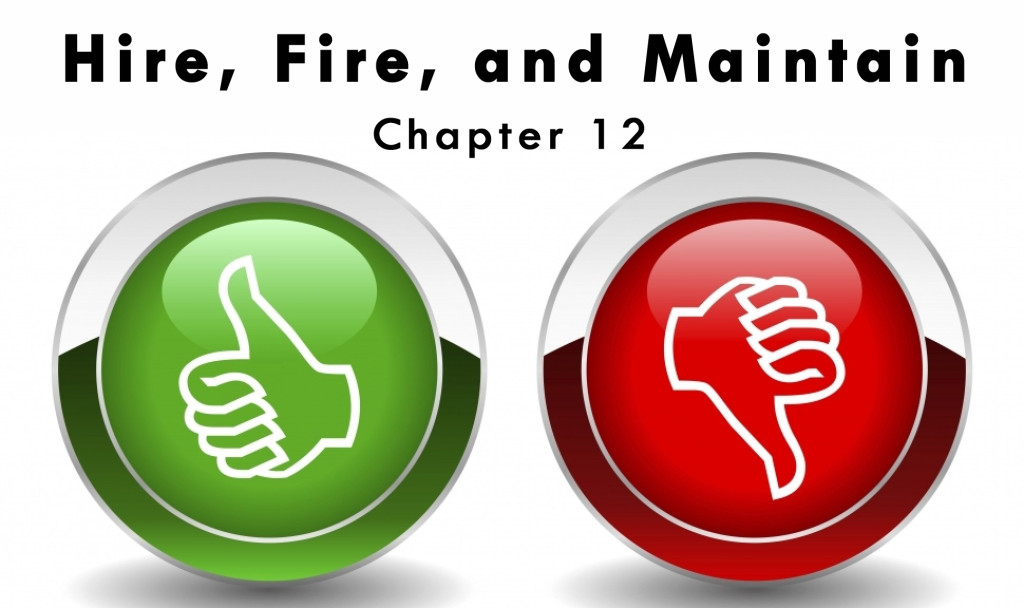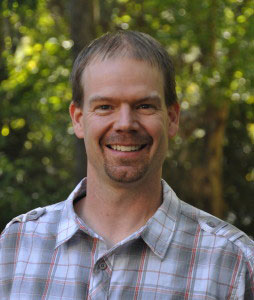As a strength coach, the skills of organization and administration are vital aspects of doing my work with excellence. In mentoring 40 young coaches over the past 12 years, I’ve learned that few new coaches really learn this skill until it’s their turn to make the decisions. In my 14 years of teaching and coaching I can name on one hand the conversations I’ve had with my supervisors about hiring employees. In this blog I’m going to unpack 4 tools to have in your coaching toolbox. I’ll be using my experience and application of Coach Mac’s Chapter 12 in CEO STRENGTH Coach called “Hire, Fire, and Maintain.”
When I came to my current job, I was presented with a blank slate. The administration created the new position and it was my job to lay out the tracks for hiring. How prepared would you be right now to take the reins in a new program? What education and experience have you gained in business management for hiring new employees? If your supervisor says, “Could you put together a proposal for the process of hiring?”, how would you go about the process? Would you head into The Essentials of Strength and Conditioning book or would you get on the phone and call a veteran coach? A young professional must realize that answering these questions is essential to the short-term and long-term success of the program and the better prepared you are, the more the program will benefit.
In that moment, most coaches would reach for some helpful resources. For me, I reached back into every conversation and educational experience I’d had about these two topics. I looked back through my files and put down some thoughts on paper and recalled what I’d been taught by my former supervisors. I asked questions to those in my organization about the process they used to hire because I knew I must be prepared.
“SUCCESS is when PREPARATION meets OPPORTUNITY”
#1 Have a system in place for hiring
Thankfully when I was an assistant strength and conditioning coach at NC State I was given the opportunity to direct the NC State Alumni internship network and learn staff management from the ground up. This experience gave me a firsthand look on how to recruit, interview, hire, and manage people. I made some mistakes early on including expecting too much and not being organized enough, but I did learn that I needed to set up a system. I developed a timeline for recruiting, a standard interview process, and most importantly a way to communicate expectations. I use a list of questions to ask references and the applicant that has potential to join our team. At NC State, Senior Associate Athletic Director Sherard Clinkscales said, “the internship program was a top 25 program in the United States among colleges paying interns $5000 for 10 months.”
#2 Understand the role of the person being hired
Coach Mac quotes Jim Collins in Chapter 12 saying, “it is not just about having good people on the bus, but it is about having them in the right seats.” To do this you must understand your duties and responsibilities along with those of the new hire. To do this my former supervisor Charles Stephenson (Basketball Strength Coach, University of Utah) and I worked through these aspects of all personnel within our department. These are job descriptions I still use today as a framework. The Essentials of Strength and Conditioning is a good place to start but each organization will be different so it is best to develop your own custom job descriptions to prevent any confusion in expectations. If certain aspects of character, skills, and ethical attributes are important to you make sure to put those in the job description and ask about them during the calls made to references and during the interview process. I personally call each reference an applicant puts down and it’s important to draw from your network to learn how well the person fits the role you have available. When I arrived at Cardinal Gibbons I named our program an “assistant-ship program” because of the professional environment we create and for coaches to gain respect right away. In the past I’ve seen some negative connotations about most internship programs and I wanted to set our program apart from day one. I believe our program is bound to be a top 25 high school assistant-ship program just like the program I built at NC State University.
#3 Evaluate the process
Every administrator, coach, and trainer in the health and fitness field desires their program to grow, so make sure you take time to evaluate the process at the end of each year to improve it. A few years ago I realized I needed to work hard to develop a good education package for my new staff. I worked hard to develop a complete document and two methodology presentations and a 10 page Morland Methodology document to teach them about our program. I even presented this presentation to a Masters class at University of North Carolina, Chapel Hill. I then created a test that new staff must score 70% or greater before they take the reins of being responsible for writing programs. This is one of the best things I ever did for the growth of our program. One of my last hires told me in the initial conversation that when he saw this educational information on my website he wanted to pursue our program.
Once the new staff is in place it is essential to have an evaluation process. For me, most of my entry staff are coming for academic experience. For Coach Mac, they are coming for permanent positions, so he asks them about the four areas of: Marriage, Family, Time, and Security. When I hired one of my last assistants I wanted to make sure they had these areas in place before we secured the final decision. It’s important to build a strong relationship from the beginning because you’ll be investing a lot of time together learning and coaching. One of the tools I’ve used in evaluating the process is a personality assessment with the 4 different areas to help our staff grow. In 5 minutes we can size up or similarities and differences to strengthen our team.
#4 Keeping the staff motivated
It’s hard to describe how good it feels walking out of our facility together after a full day of working well together and implementing great programs. When our staff sees the students learning technique and reaching their goals everyone is motivated to work hard. It is important if you are the leader of the team to help your staff by reflecting back on successes especially when things are a grind. My goal is to empower the staff and work hard by mentoring them during weekly “staff improvement meetings.”
In conclusion, the key to good staff management it is to keep the team at the forefront of all decision making. If you are part of a health and fitness team you should support your supervisor. If you are the leader of your group you can use these 4 tools to set up a system of bringing others on the team, understand each personal role, evaluate the progress, and keep everyone motivated by pointing to the team’s success.
Thanks for reading along in this series. We are seeking to make a difference in the health and fitness field around the Triangle with #championmoments that encourage personal growth.
Chris Morland, MS, CSCS
Director of Strength and Conditioning/Teacher
Educator and Coach | Visionary
Did you like something your read in this blog? How about the #CEOSTRENGTHCOACH series? Our team of bloggers would like to know your comments on our blogs. If you submit a comment below our goal is to post it within 24 hours.
Would you like to follow Morland STRENGTH’s new Instagram account?
#dreammor #MorlandSTRENGTH #CEOSTRENGTHCOACH
“The views, opinions, and judgments expressed in this message are solely those of the authors and peer reviewers. The contents have been reviewed by any a professional team of contributors but not approved by any other outside entity including the Roman Catholic Diocese of Raleigh.”


